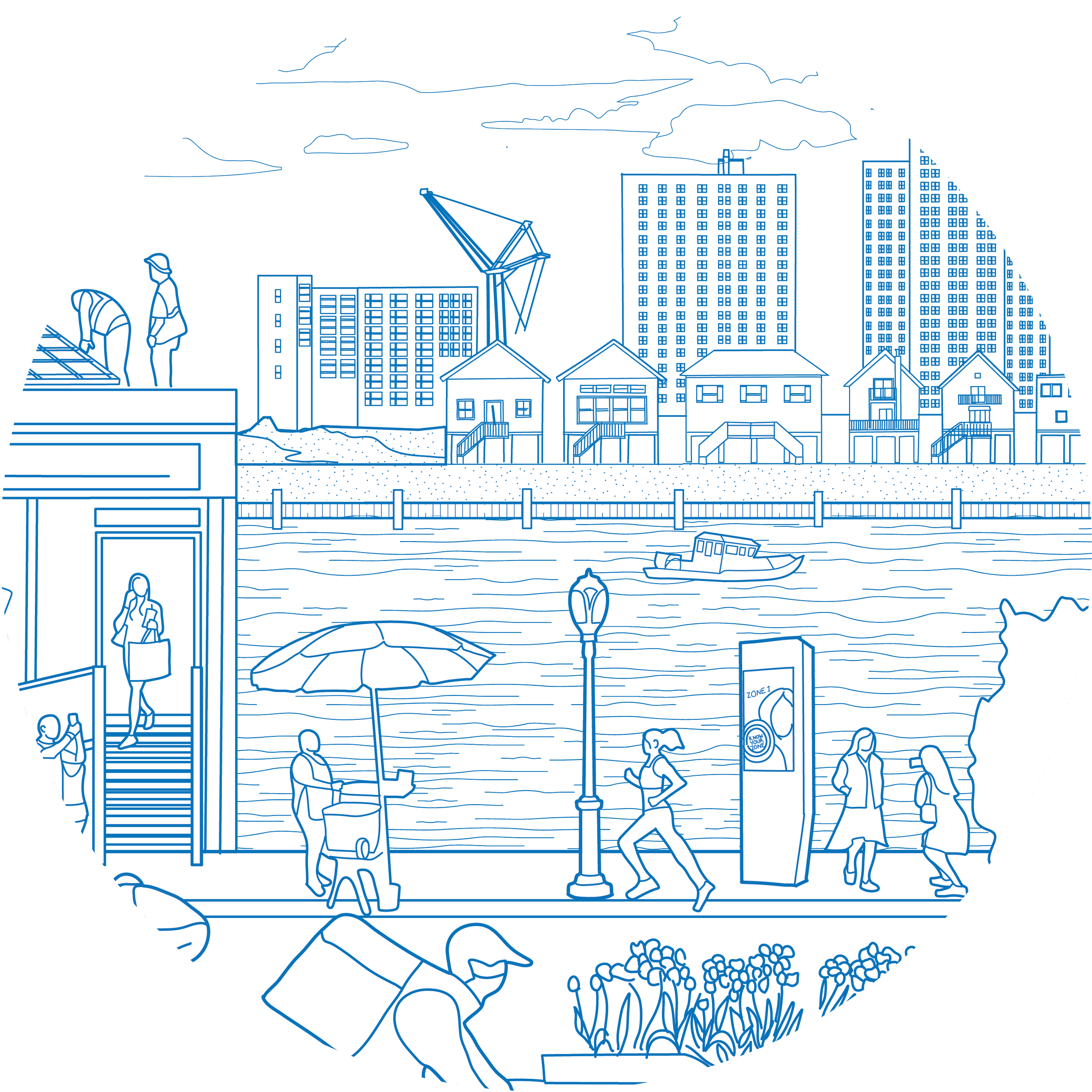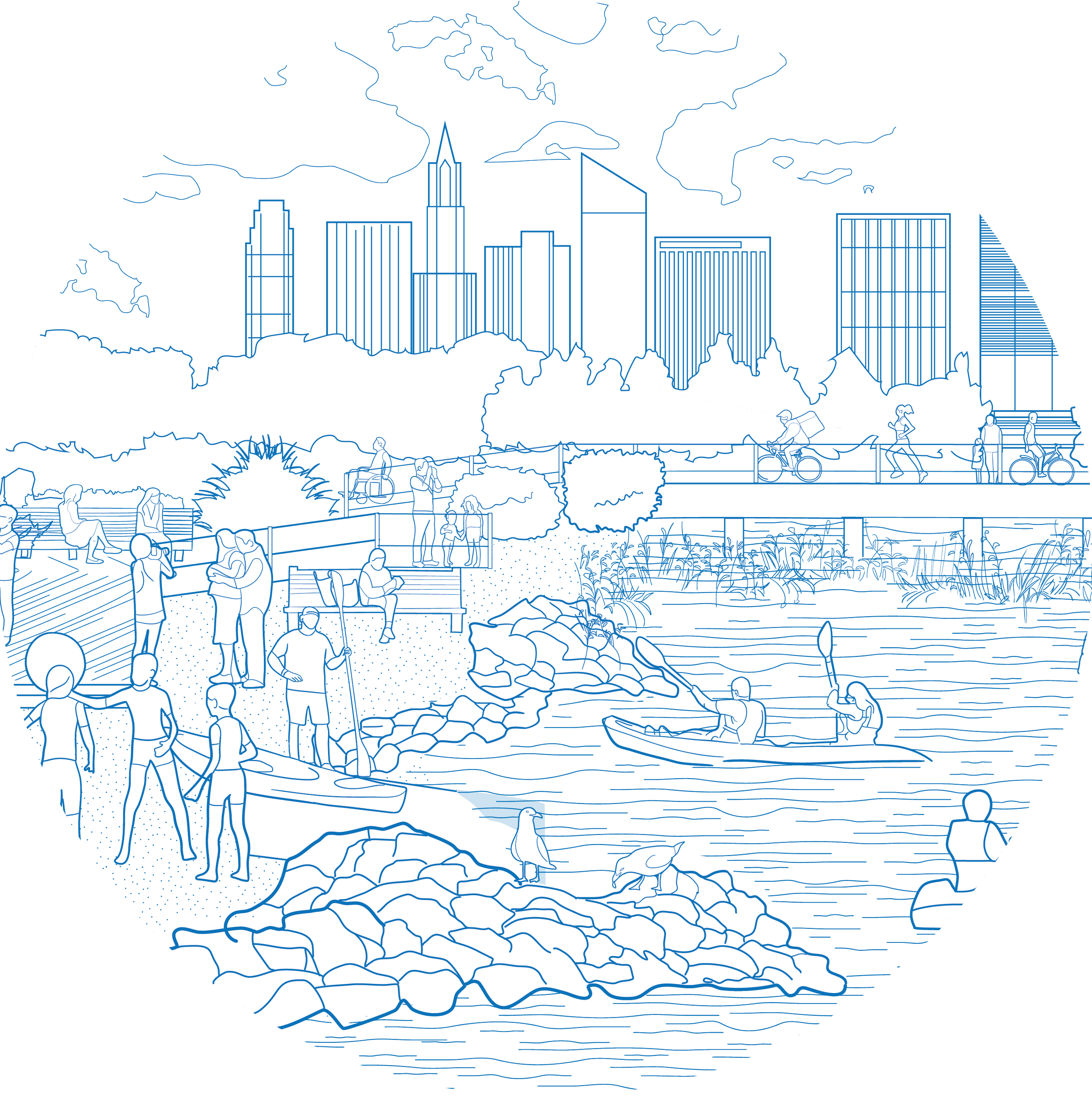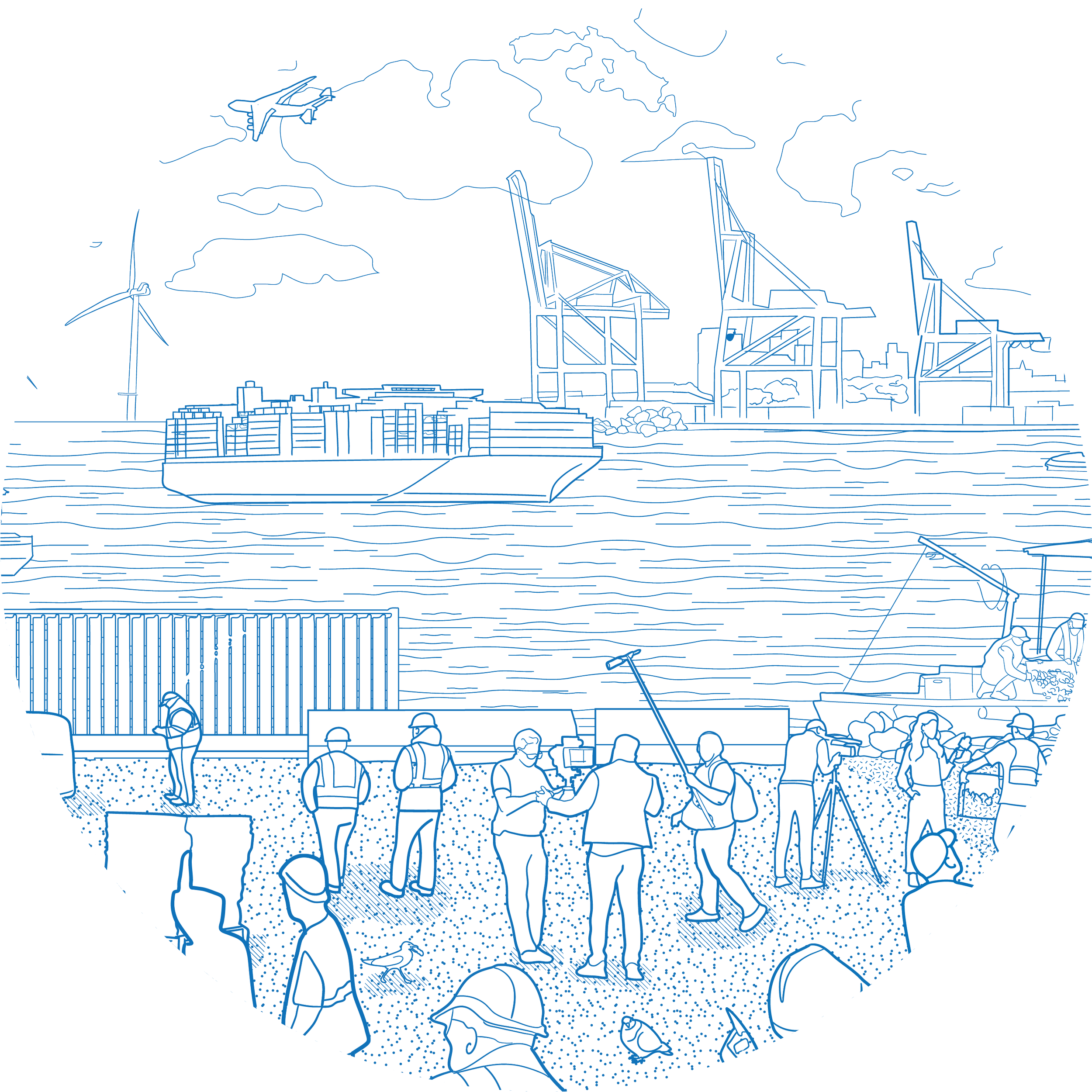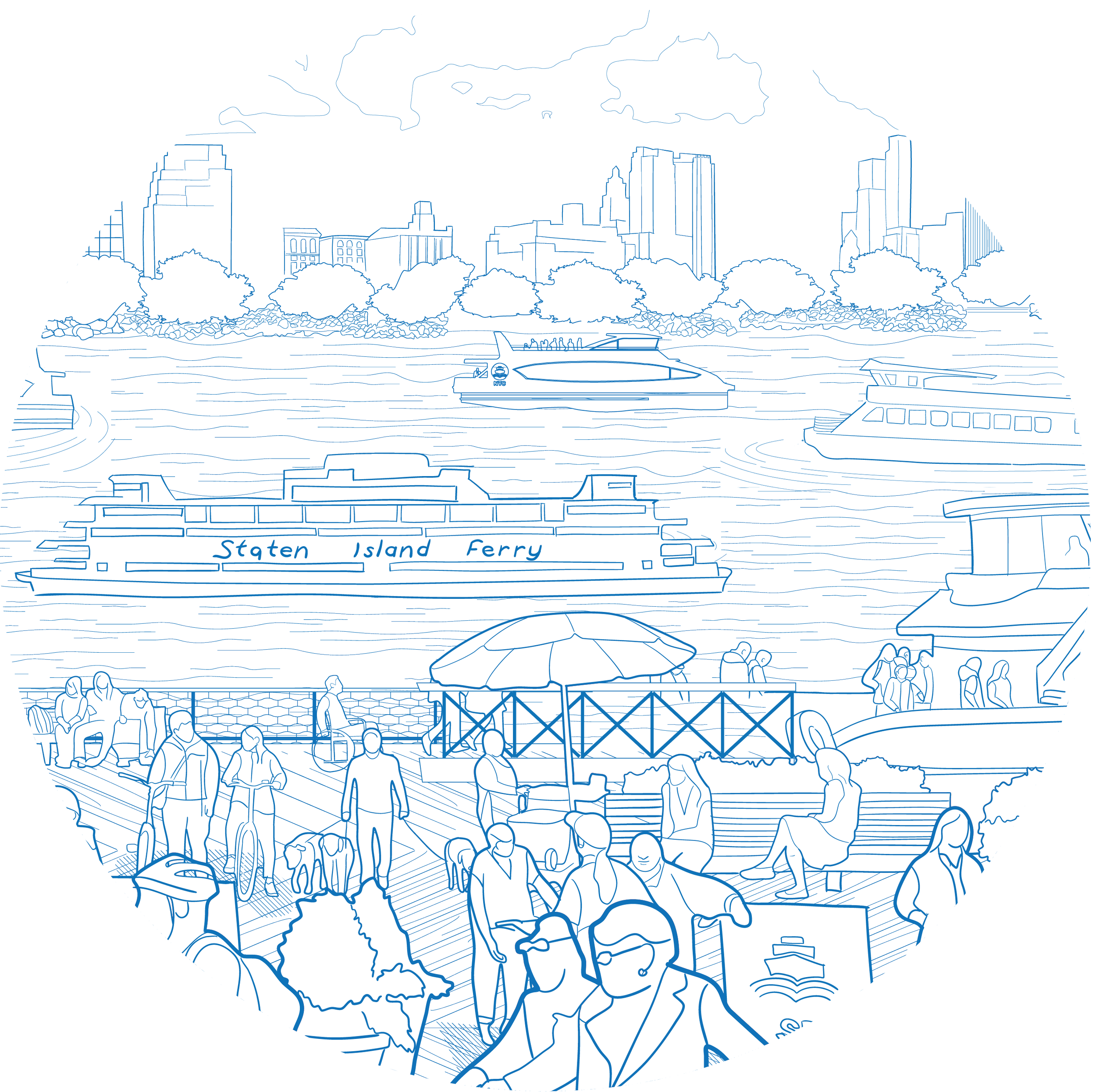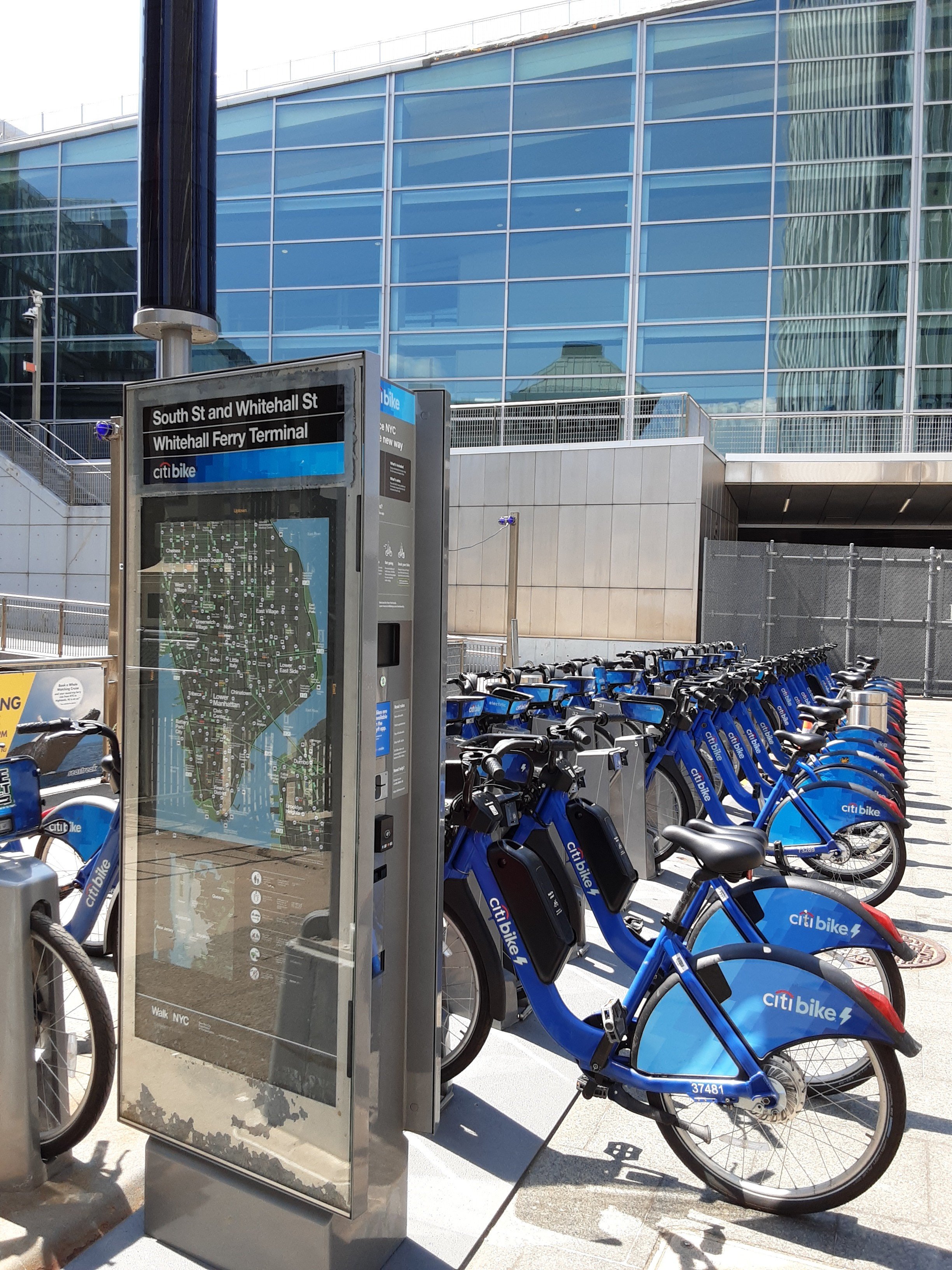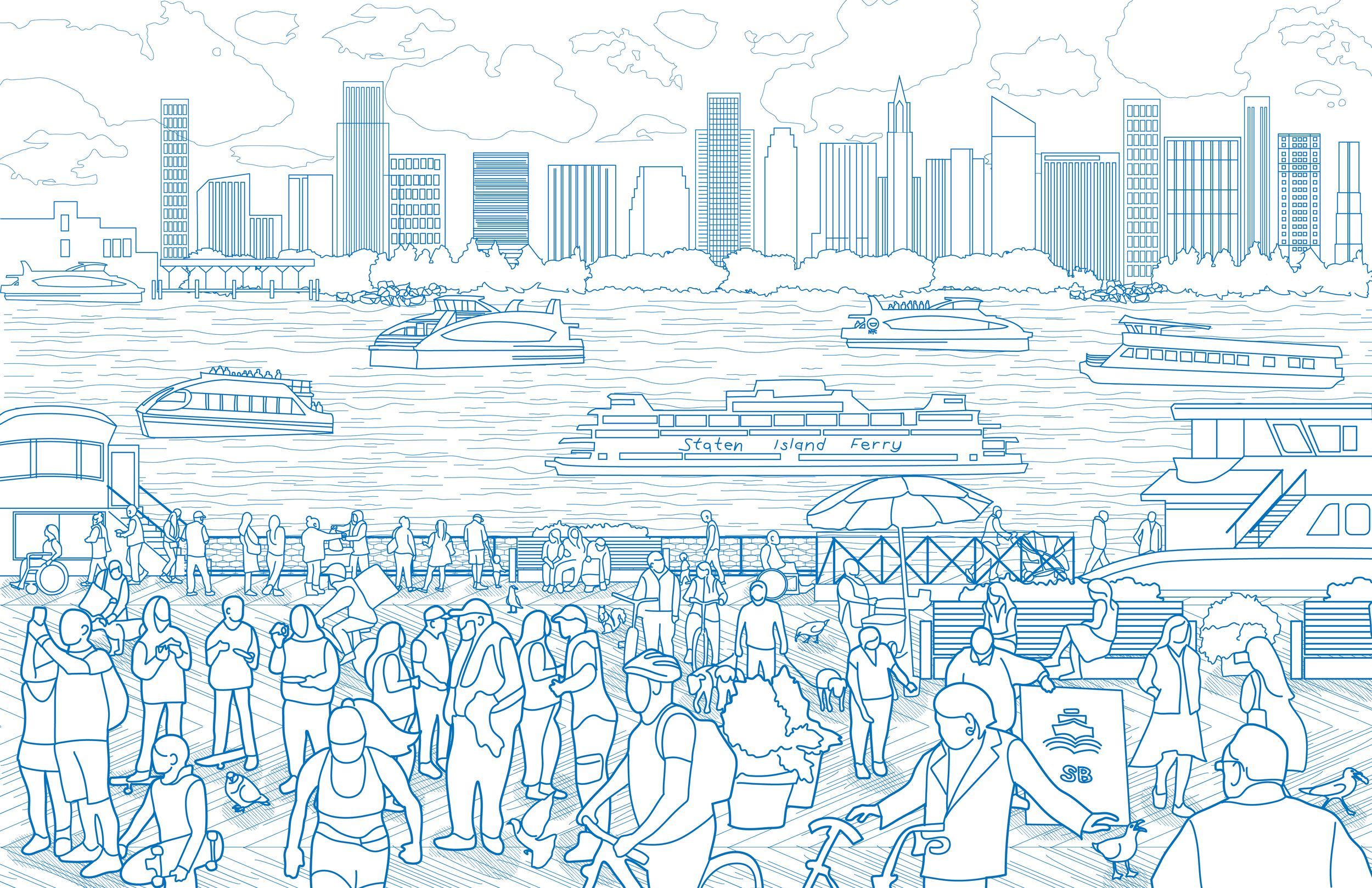
Ferries
NYC’s waterways provide a unique resource to expand transportation options for New Yorkers, enabling ferries to connect waterfront communities in NYC and New Jersey to jobs, recreation destinations, and each other. Ferries will continue to be used in NYC to provide affordable, convenient transit in communities with limited public transportation options and an important resource that supports growing neighborhoods and increases the resilience of NYC’s larger transportation network, especially when there are disruptions to other forms of transit service.
To support and strengthen ferry services over the next 10 years, the City will continue to optimize routes and identify ways to make service more sustainable. The City’s ferry fleet will incorporate new vessels with no or reduced air emissions. Ridership must increase to ensure the financial strength of ferry services. To broaden the reach of ferry services, the City will proceed by expanding NYC Ferry, including service to Coney Island, home to approximately 4,000 NYCHA residents. The City also intends to explore opportunities for regional collaboration on ferries.
Over the past decade, New Yorkers have expressed excitement about the role that ferries play in creating neighborhoods hubs and expanding transportation options. The Whitehall and St. George ferry terminals, for example, are multimodal transit hubs serving as critical links in the regional transit network. The City will explore ways to connect other ferry landings to adjacent neighborhoods more effectively, for example, by adding more bicycle racks or wayfinding signs. As the City plans future ferry services, plans must include infrastructure that is resilient to sea level rise and coastal storms and ongoing support for operations and maintenance.
Increase the sustainability and efficiency of City ferry services
+ How can we do it?
Complete the planned expansion of NYC Ferry to provide greater mobility to waterfront neighborhoods that are underserved by other forms of mass transit or face long commute times
+ How can we do it?
Examine ways to improve the delivery of ferry services to New Yorkers while minimizing public subsidy
+ How can we do it?
Strategically plan ferry services within NYC and the region
+ How can we do it?
Strengthen the role of ferry landings as hubs to neighborhoods, to other forms of transportation and for emergency response
+ How can we do it?
